Austen Ever After: YA authors revisit, remix Jane Austen’s work
This year marks the 250th anniversary of Jane Austen's birth, and over the last half-decade, YA adaptations have brought even more excitement to her work.
|
|
Jane Austen: GeorgiosArt/Getty Images; picture frame:
|
It is a truth universally acknowledged that Jane Austen is one of the most celebrated writers of English literature. Austen is beloved for her stories that celebrate romance, ooze humor, and critique social norms.
This year marks the 250th anniversary of her birth, and over the last half-decade, YA adaptations have brought even more excitement to Austen’s work. Writers have taken Austen’s stories from bookstores to Victorian London, campus locales to Caribbean islands. Whether these titles are used to supplement classroom reading or enjoyed outside of school, YA readers have a bounty of opportunities to expand their connection to these classics.
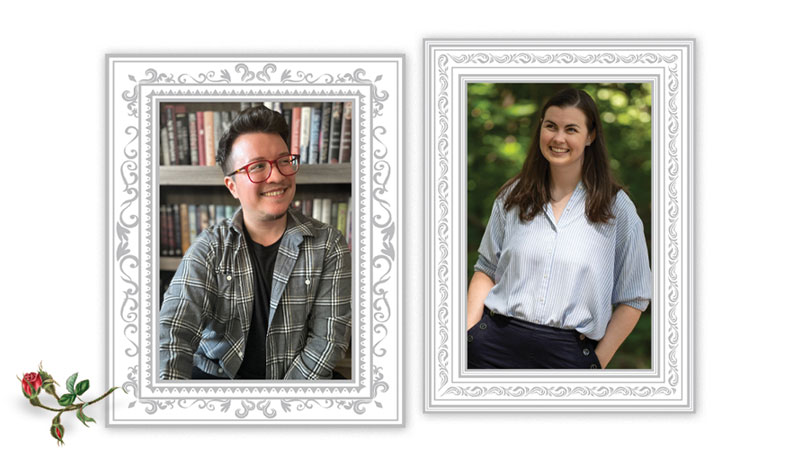 |
From Left: Gabe Cole Novoa; Amanda QuainPicture frames: morita kenjiro/Getty Images; Quain photo by Rosalinda Dauval |
Timeless appeal
|
THE “PERFECT” ADAPTATION
It’s not only Jane Austen who’s celebrating a milestone birthday this year. So, too, is a beloved film adaptation: Amy Heckerling’s Emma-inspired teen rom-com Clueless turns 30. Among YA authors who’ve given their own spin to Austen, Clueless is cited again and again as an example of getting it right. “Talk about taking the source material and using it to tell a modern story,” says Quain. “It’s a perfect example of how Austen’s themes hold up across time, and how deeply funny they can be.” Rosen agrees, noting that Clueless successfully transposes Emma without trying to replicate it beat-by-beat. “Clueless converts Emma into what was an annoying stereotype of a teen girl in the ’90s—the Beverly Hills airhead,” he says. “It didn’t shackle itself to Emma, it interacted with it: What is this like today? Who is this girl today? And so on. That’s what the best adaptations usually do.”
|
Austen’s work is so adaptable because of her complex and compelling characters.
“Austen paints her characters with such broad strokes,” says Amanda Quain, author of several YA Austen adaptations, including Ghosted (Northanger Abbey) and Dashed (Sense and Sensibility). “She’s playing with archetypes and sketches that leave a ton of room to be explored.”
It was rare for British writers of the late 18th and early 19th century to center women’s voices. The novel was still a nascent writing form, and women’s stories rarely rose to the ranks of their white male peers. Austen’s work presents and critiques societal expectations through the perspectives of the girls and women living under them. The freshness and possibility that exist in her books open the door for innovative reinterpretation.
“She shifted the very nature of what we imagine a novel to be—toward realism, and the use of free indirect speech, where the voices of the characters inform the narrative tone,” says Anne Camlin, author of Mismatched: A Modern Graphic Retelling of Emma.
Austen understood the power of emotion and how it interacts with ambition and obligation, according to Camlin. Austen’s novels start from the inner lives of her characters and move outward, making it possible to imagine other environments, settings, and situations, as well as the way relationships among people shift and change.
“We aren’t dispensing with the effect that class had on marriage in the 19th century as much as we’re imagining what might be equally ‘load bearing’ in our own time and place,” Camlin says.
Austen’s stories left enough space for exploring those themes and critiques not only in modern settings but through a more intersectional lens.
“[W]omen and femme people do still come up against eerily similar expectations based on perceived gender, and sexism and misogyny still run rampant today,” says Gabe Cole Novoa, author of Most Ardently: A Pride & Prejudice Remix. “These themes remain relevant—there’s so much there to work with and so many directions you can take.”
Author Paul Coccia, whose Recommended Reading envisions a contemporary Emma with queer romantic leads, notes that Austen’s work remains relevant and adaptable because of the clever marriage of critique with voice, done in such a way that feels like a wink to readers who themselves may be thinking or feeling the same things.
“She slips in satirical and critical commentary on social constructs and class structures so subtly, readers and viewers can easily receive and digest them without a knee-jerk reaction,” he says.
Centering romance also adds to the appeal of remixing Austen for YA readers. Romance is a perennial experience for most teenagers; it is a staple in YA media for a reason. Taking the romantic lives of women seriously was revolutionary for Austen’s time, much as navigating hormones and sociocultural expectations and barriers for teenage romance with care, compassion, and a splash of humor are today.
“We as a society love love and love seeing other people fall in love,” says Lyla Lee, author of The Cuffing Game, a K-drama twist on Pride and Prejudice. “And witty, funny—or awkward—dialogue is always a plus. Whether it be extremely cutting and insightful in terms of societal commentary or subtly funny and/or otherwise memorable, the lines that Jane Austen’s characters say are what people remember the most.”
But taking beloved characters and telling their story in a different way comes with plenty of risks. Austen has a devout fanbase, and the beats of her stories are familiar enough in popular culture that even those who haven’t read her work have a passing knowledge of the them.
“You wouldn’t want a reader thinking, ‘The nerve of him, thinking he can improve on Emma and Austen,’” says Coccia.
Good retellings, though, are an opportunity to pour love into the original while simultaneously delighting readers with different perspectives.
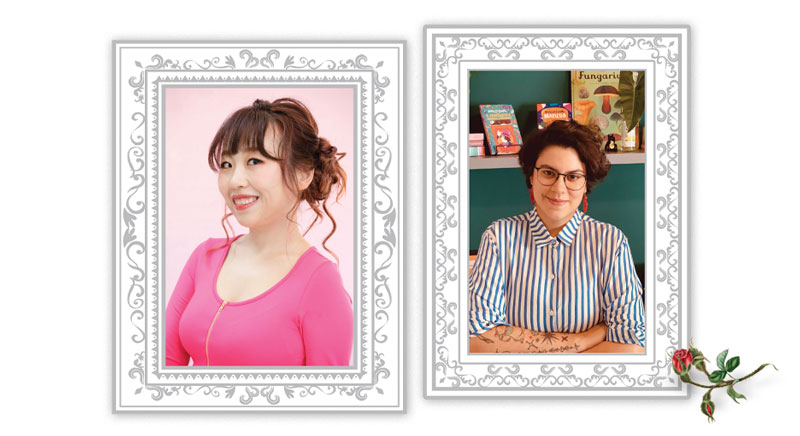 |
From Left: Lyla Lee; Isadora ZeferinoLee's photo by Isadora Zeferino |
Queering the classics
While Austen pushed against the barriers of being a female writer and broke through, she was not alone in telling stories that did not conform to literary canon or tradition. Other marginalized writers were sharing their voices, too.
As L.C. Rosen, author of Emmett, an LGBTQIA+ spin on Emma, explains, “Queer stories were being told during Austen’s time, too—maybe not as publicly, and of course history has erased many of them—but queer people existed and fell in love and had romances and read Austen and related to her characters. Retelling her stories as queer ones is a way of asserting that these stories are for us as much as anyone.”
Novoa agrees. His Most Ardently takes Austen’s themes of pushing back against societal expectations and centers the queer and trans experiences of people in the Regency era.
“Queer and trans folks have been here since the beginning of time, so being able to showcase a little about what their lives may have looked like and emphasize queer joy of the past feels really important to me, especially right now,” he says.
Emma was Coccia’s first experience with Austen, and he saw his character Bobby in her mold: benevolent, well-meaning with a feeling of slight superiority to his peers, and a lack of self-awareness.
“It’s such a great model for a comedic YA protagonist,” says Coccia. “Making Bobby fat, queer, not wealthy, and the son of a single mother artist moved my character away from Jane’s in a way I felt I could use what I needed from her work and leave what I didn’t need.”
Reclamation of queerness in Austen’s stories takes a personal bent, too. Growing up, author Rey Tercerio was terrified that his peers would discover his secret—that he was queer. Being forced to read Austen as a class assignment in 10th grade only made the fear bigger.
Tercerio elected to read Northanger Abbey for the assignment. The book’s fresh tropes and style, including its satire of the Gothic novel, stuck with him and inspired his comic adaptation, Northranger.
“I had so much love for Northanger Abbey after I read it in high school, but even then, I thought, ‘Why aren’t there any books like this, but with two boys?,’” says Tercerio. “I have made it a career of making books that I wanted as a boy.”
The graphic novel I Shall Never Fall in Love by Hari Conner not only centers LGBTQIA+ voices, but also weaves several Austen stories and characters together. Here, the romantic dynamic of Emma meets the climax of Pride & Prejudice, with inspiration from the real lives of Anne Lister—one of Austen’s contemporaries—and Dido Belle, a Black British gentlewoman of that same era.
“[R]esearching real marginalized history, I found a lot more amazing stuff I wanted to incorporate—diverging and finding connections by mixing books up seemed like the most interesting, funny, and romantic way of doing that,” says Conner.
There’s still ample room to see more marginalized voices given the spotlight in these stories, including more trans and disabled characters.
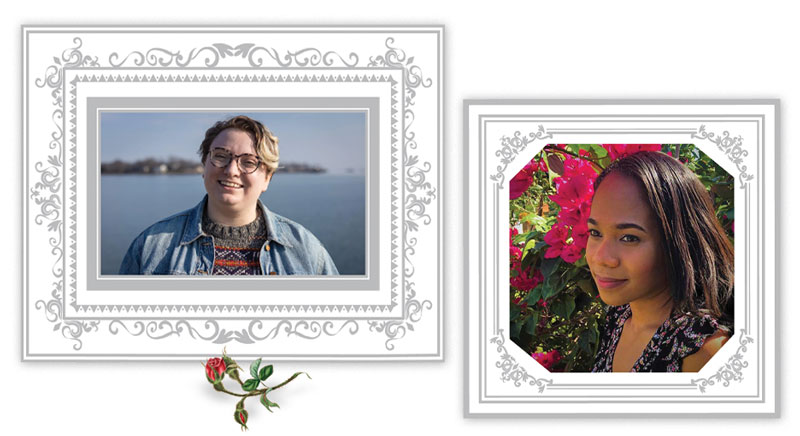 |
From left: Anne Camlin; Sarah Dass |
Fresh settings, new formats
Navigating love and commitment are near-universal experiences, whether one pursues or eschews them. So, too, are topics of privilege and power. Author Sarah Dass, who adapted Austen’s Persuasion in Where the Rhythm Takes You, found that even when Austen’s stories feature characters outside the teen demographic, they’re adaptable enough to port into more relatable experiences for young readers.
Persuasion centers Anne Elliot and Captain Frederick Wentworth, two of the most mature characters in Austen’s oeuvre. The duo have had eight years apart to reflect and grow—something most teens may not yet find relatable. But Dass didn’t let the timeframe stop her.
“I chose to address this by creating teenage characters who have had to face massive life changes and take on huge responsibilities in a short period,” she says. “As a result, they are not the same characters in the present day as they are depicted to be in the past.”
Persuasion is one of Dass’s favorite Austen works, and in adapting it, she transported readers to a location and culture rarely represented in literature, let alone in YA: Tobago.
More Austen Updates
|
“Exploring the island through the eyes of my characters proved to be an enjoyable and enlightening experience,” she says.
Lee’s The Cuffing Game is a retelling that centers people of color and queer characters and tosses in a reality dating show setting à la Love Island. While the book pulls inspiration from numerous sources, at the heart is a relationship that mirrors the best and worst of that between Elizabeth and Darcy.
Pride and Prejudice wasn’t just an inspiration for Lee’s writing. It’s a book, she says, that changed her life.
“Thanks to Austen, I went from being a former ESL kid who struggled with critical reading at an SAT/ACT level to becoming so obsessed with literary classics that I ended up scoring in the top percentile and getting a full ride to the college of my dreams,” Lee explains. “It all honestly started with my love for Elizabeth and Darcy.”
YA spins on Austen’s stories also play out in an array of appealing and compelling graphic novels. This comes as little surprise, thanks to both the growth in young adult graphic novels and the perennial appeal of adapting her works to visual mediums. Graphic novels can provide a unique opportunity for collaboration in adaptation: for writers who aren’t artists, the teamwork involved is a story in and of itself.
Camlin met their illustrator Isadora Zeferino over online fan fiction. Before Mismatched, Camlin wrote numerous romantic retellings and Zeferino read them with enthusiasm. One such fanfic was an Emma-inspired story based on an anime both enjoyed.
“I had such a good time doing that story I developed another Emma retelling, an original YA graphic novel, and it sat on my computer for a bit after I couldn’t find an artist for it,” Camlin says. “I then put out a call on Twitter (RIP) for an illustrator for a completely different pitch, and Isa responded enthusiastically—that book wasn’t the right fit for her, but I thought about it for a second and said, ‘Well, actually, you remember that Emma fic I wrote?’ And then she was on board.”
It’s more common than not for the writer of a graphic novel and its illustrator to be paired up, rather than for the team to sell the project together. But Tercerio knew that Bre Indigo was the ideal collaborator for Northranger. They’d worked together previously on a graphic adaptation of Little Women called Meg, Jo, Beth, & Amy.
“I asked Bre if they would be down to illustrate a love story between two young Texas teens, and they were in,” Tercerio says.
Bre’s art was perfect for the project, he adds, “even if Bre hates drawing horses.”
For Conner, who wrote and illustrated I Shall Never Fall in Love, rendering Austen visually involved significant research. They dug deep into pictures of old streets, buildings, and clothing, and even learned the differences between chairs from the 18th and 19th century. Though most of that background information never shows on the page, it creates atmosphere and grounds the story in space and time.
The graphic format provides the perfect opportunity to showcase Austen’s humor.
“Comics lend themselves to witty layers of meaning and dramatic irony,” says Conner.
These Austen adaptations are not only excellent companions to reading or rereading the classics, they’re strong standalone stories with so many options among them that every reader will find something they love.
They don’t compete with Austen’s work; they complement it.
Kelly Jensen is an editor at Book Riot, a former librarian, and the author of several YA books.
RELATED
The job outlook in 2030: Librarians will be in demand
The job outlook in 2030: Librarians will be in demand
ALREADY A SUBSCRIBER? LOG IN
We are currently offering this content for free. Sign up now to activate your personal profile, where you can save articles for future viewing



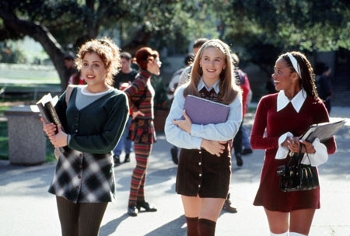






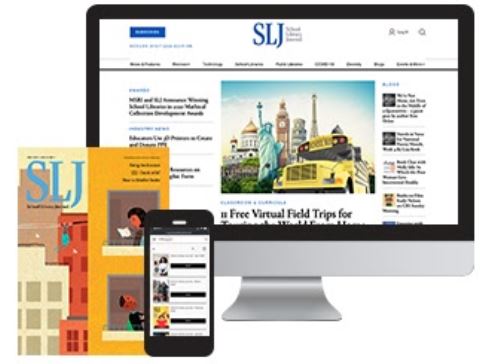
Add Comment :-
Be the first reader to comment.
Comment Policy:
Comment should not be empty !!!